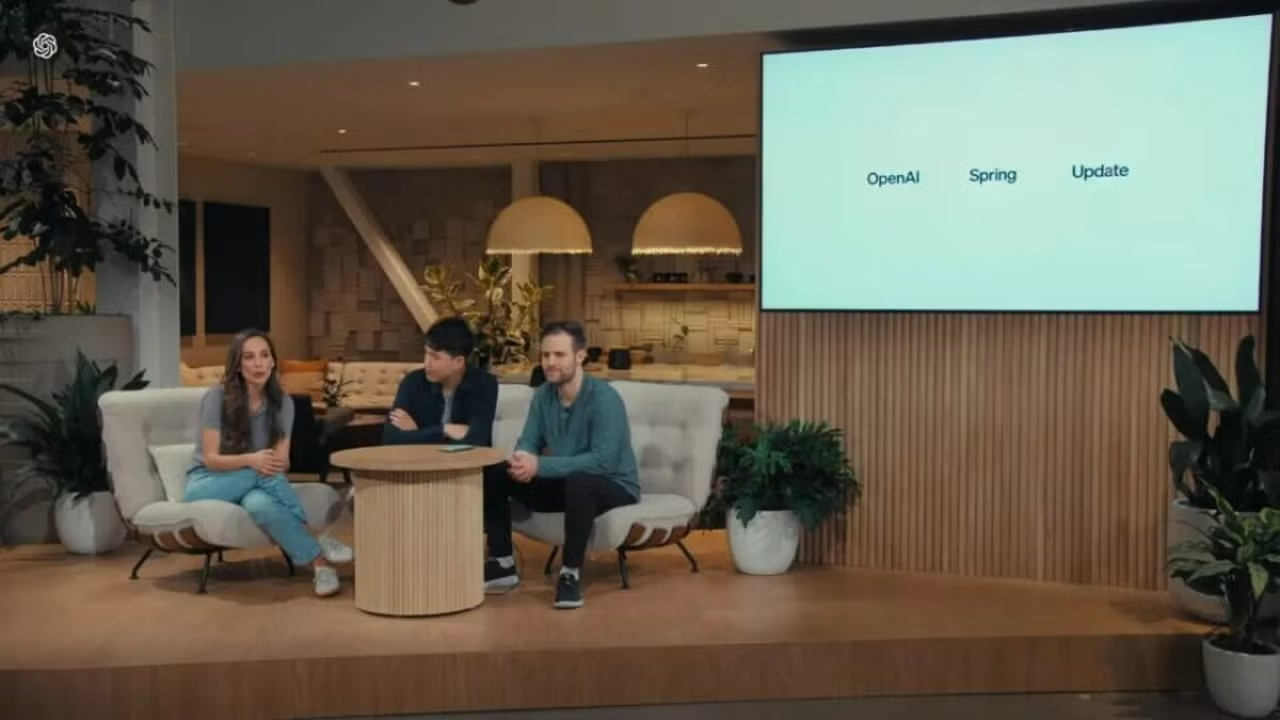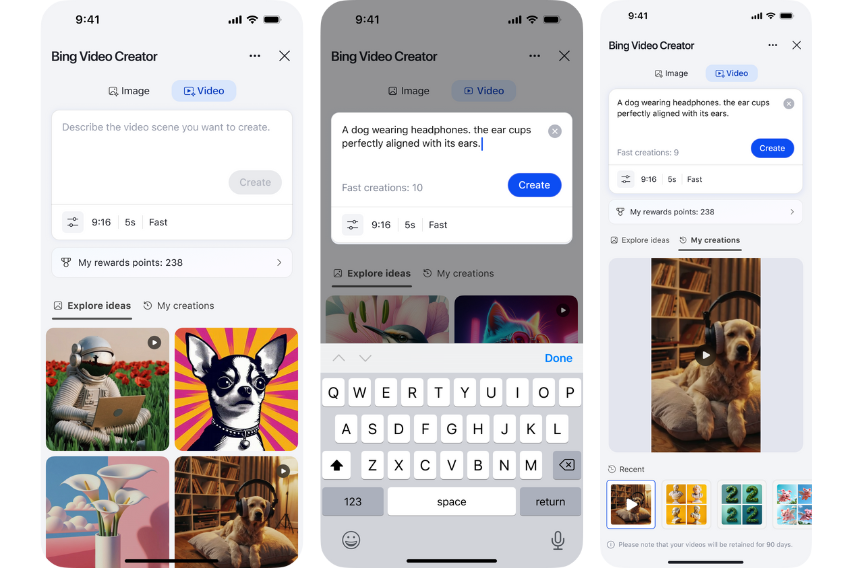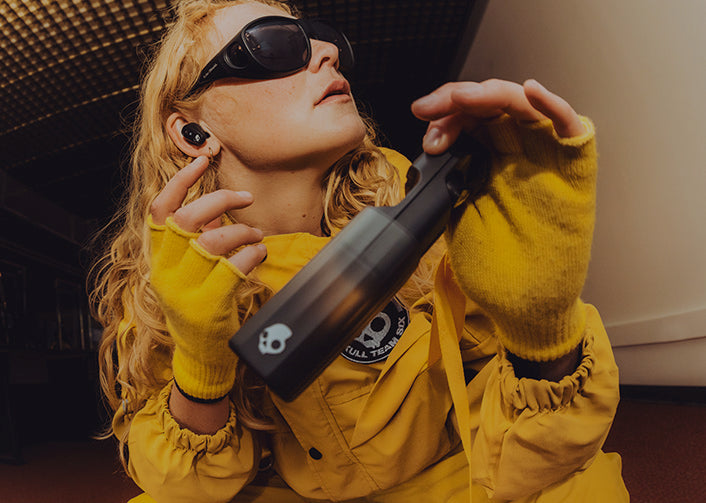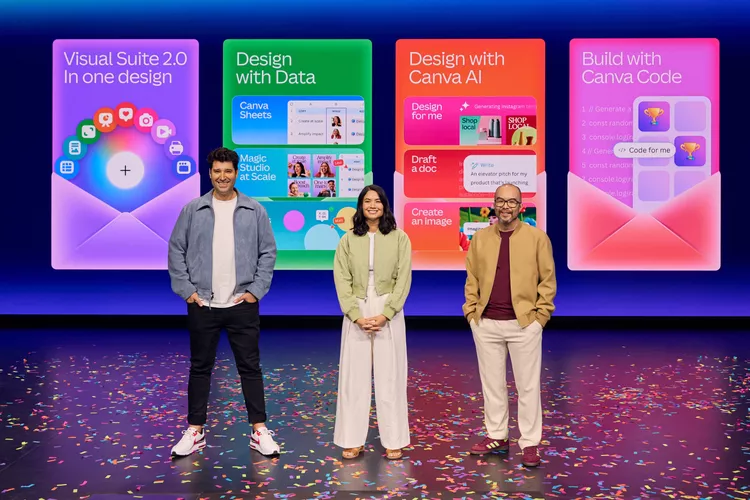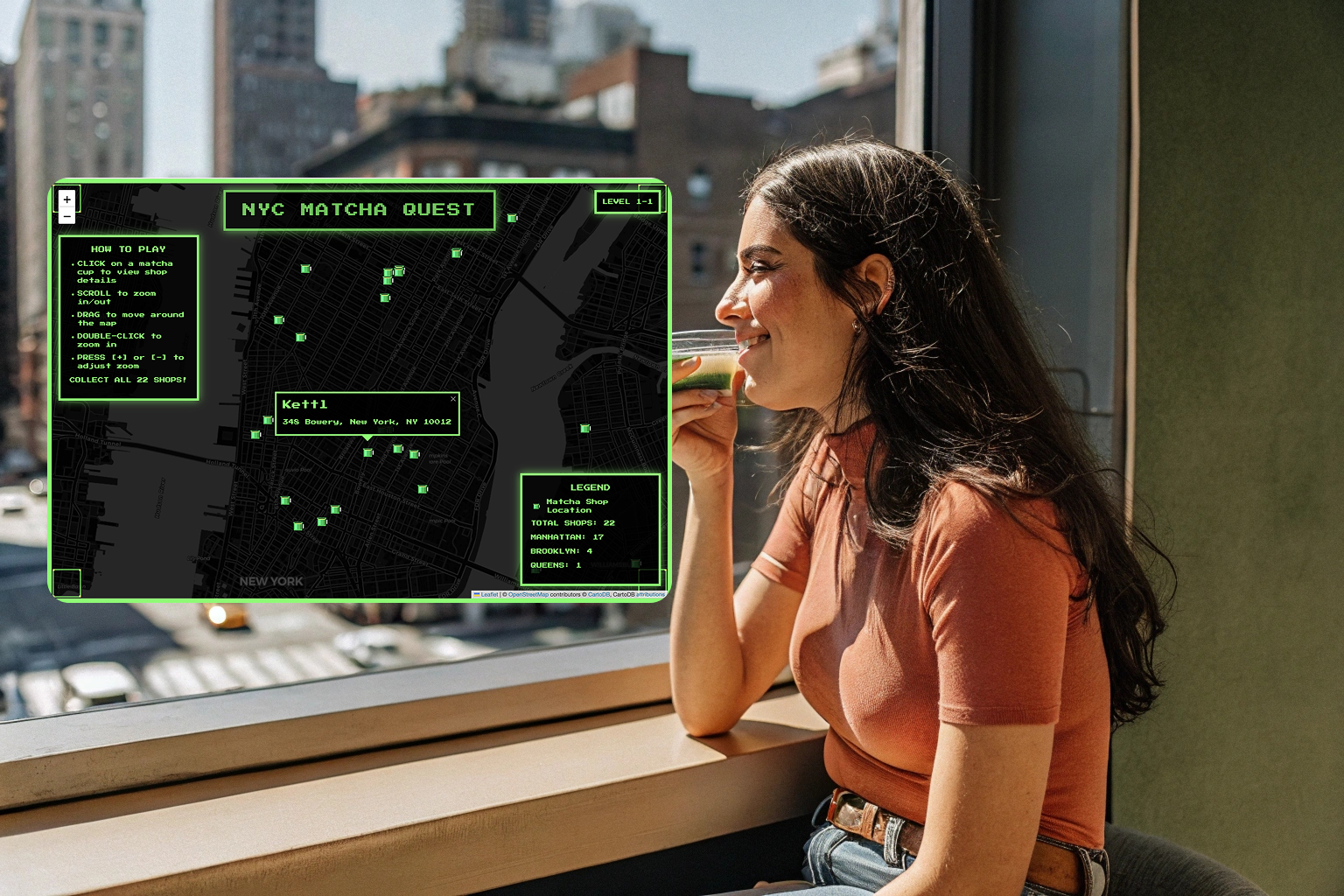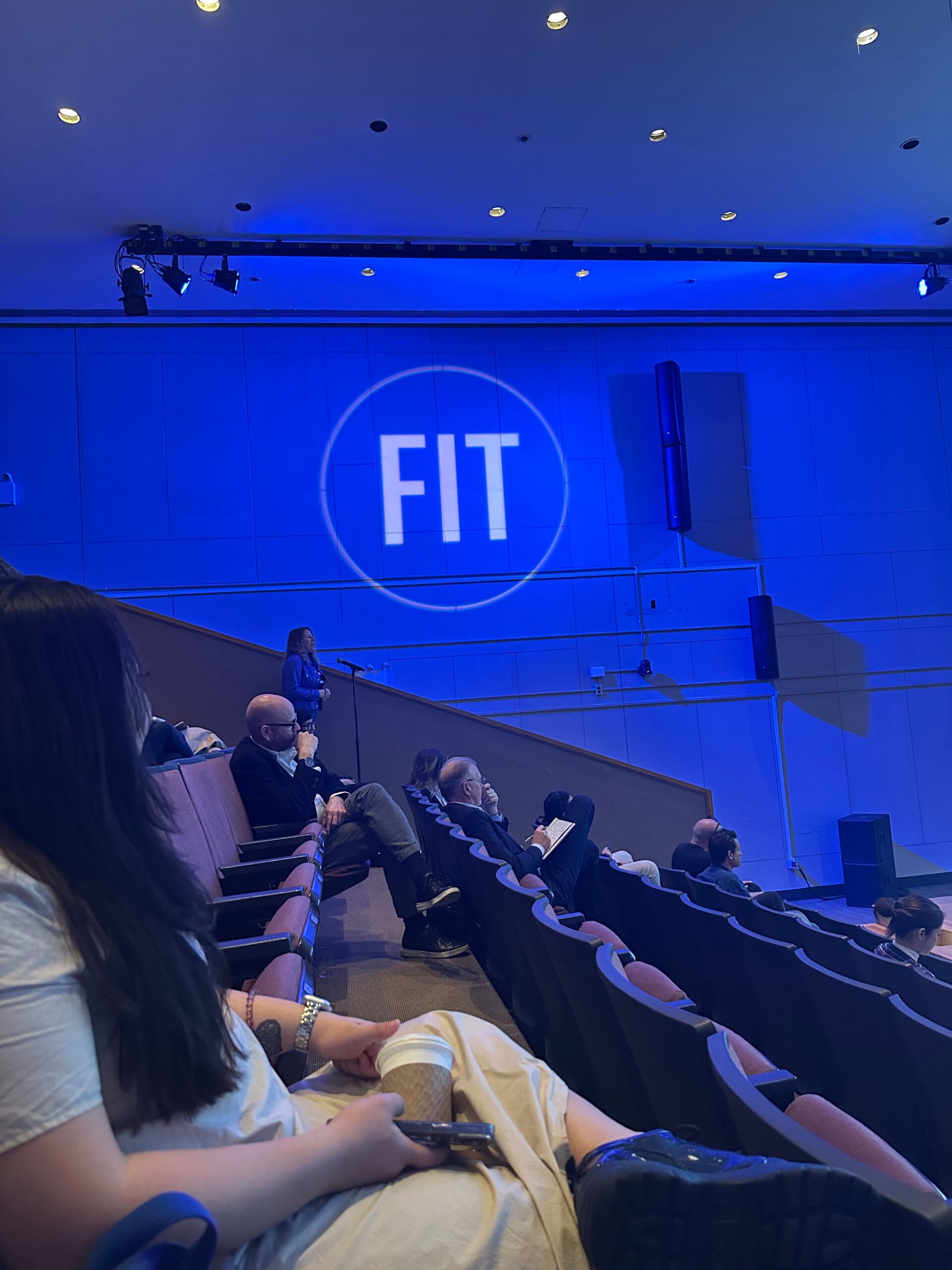OpenAI filed a trademark application with the U.S. Patent and Trademark Office (USPTO) for the “OpenAI” brand. The application encompasses a range of hardware, including headphones, goggles, glasses, remotes, laptop and phone cases, smartwatches, smart jewelry, and virtual and augmented reality headsets designed for AI-assisted interaction, simulation, and training.
The expansive nature of the application hints at a strategic pivot for the company, long known for its groundbreaking advances in artificial intelligence. “OpenAI’s decision to secure trademarks in these diverse categories suggests that the company is positioning itself to merge AI with everyday consumer products,” said an industry analyst familiar with the filing. This move appears to be part of a broader effort to integrate artificial intelligence into the fabric of daily life, from personal accessories to high-tech robotics.
In addition to wearable and accessory categories, the application notably includes “user-programmable humanoid robots” as well as robots engineered to communicate, learn, and assist users. This inclusion aligns with recent reports that OpenAI is building a dedicated robotics team, which is expected to drive the development of devices capable of performing complex, human-like tasks in real-world environments.
Beyond consumer gadgets and robotics, the trademark application mentions custom AI chips and services aimed at leveraging quantum computing to optimize AI model performance. OpenAI’s efforts in this direction are bolstered by its partnerships with semiconductor manufacturers such as Broadcom and TSMC, as well as strategic hires from the quantum computing sector. If successful, these initiatives could result in significant improvements in the efficiency and capabilities of AI systems.
The implications of these moves extend beyond the tech sector. Creatives in music and film may soon encounter new tools that blend technology with artistic expression, potentially revolutionizing content creation and consumption. As AI continues to permeate various aspects of life, industries from luxury fashion to digital media are likely to experience shifts in how products and content are developed, marketed, and experienced. This development carries significant implications for creatives, tech professionals, brands, innovators, and existing companies across multiple sectors.
For Creatives:
The integration of AI into consumer products opens new avenues for creative expression and collaboration. Artists, designers, and content creators may find opportunities to develop content tailored for AI-driven platforms, such as virtual and augmented reality experiences. However, this also raises concerns about intellectual property rights, as AI systems trained on existing works could potentially infringe upon copyrights. The balance between leveraging AI for creative innovation and protecting original works will be crucial.
For Brands and Existing Companies:
The potential introduction of AI-powered consumer products by OpenAI could disrupt existing markets, prompting companies to reassess their product strategies. Brands may need to consider integrating AI features into their offerings to remain competitive. Additionally, companies should be vigilant about trademark and patent considerations, ensuring that new AI-related products do not infringe on existing intellectual property rights. The evolving landscape may also lead to partnerships between traditional companies and AI firms to leverage combined expertise.
While trademark filings are often broad and speculative in nature, OpenAI’s recent application offers a rare glimpse into the company’s expansive vision. By positioning itself at the crossroads of AI, consumer hardware, and robotics, OpenAI appears ready to redefine not only how we interact with technology but also how technology can enhance our creative and everyday experiences.
